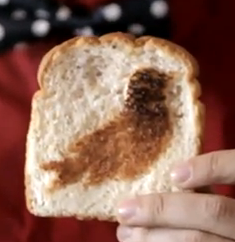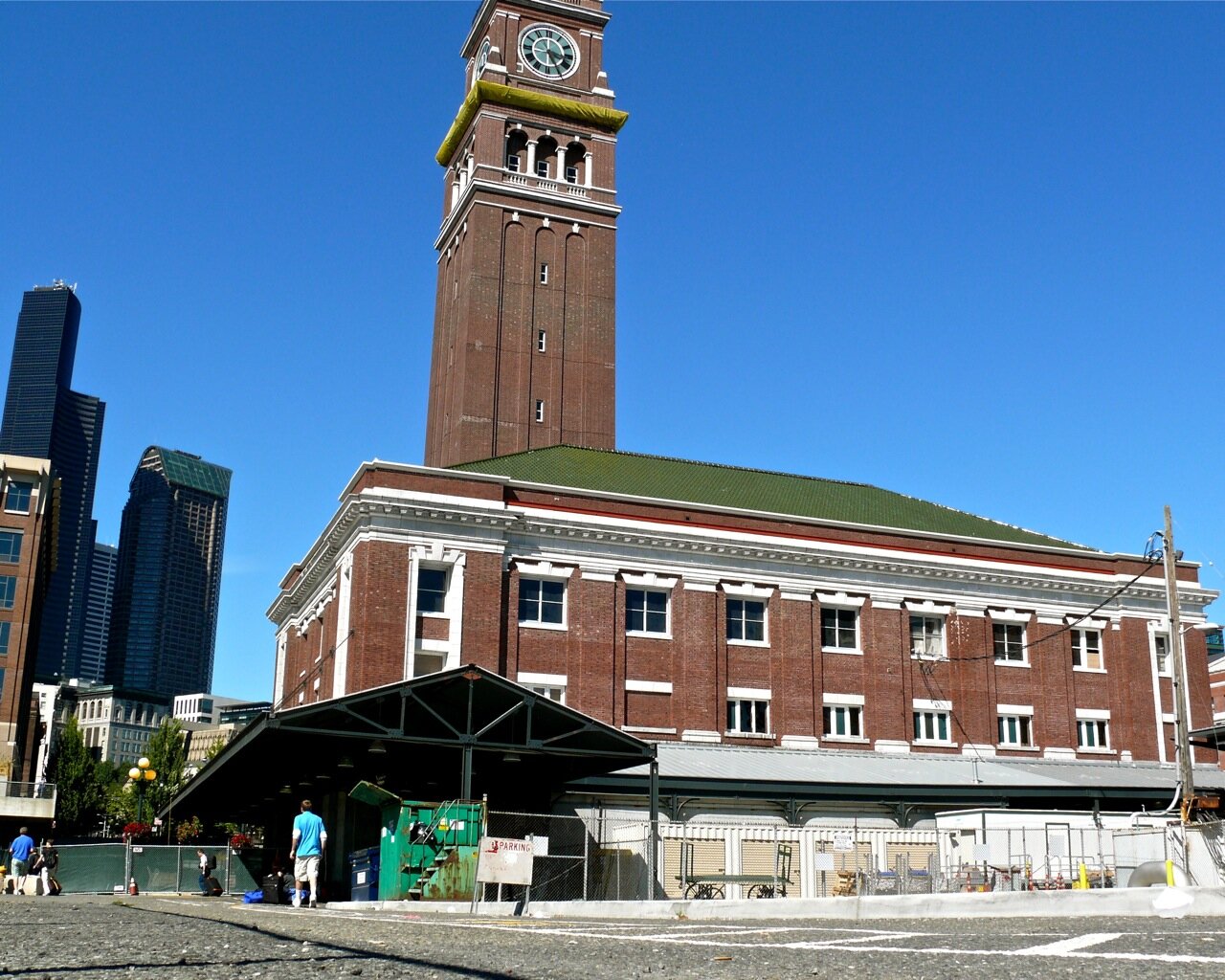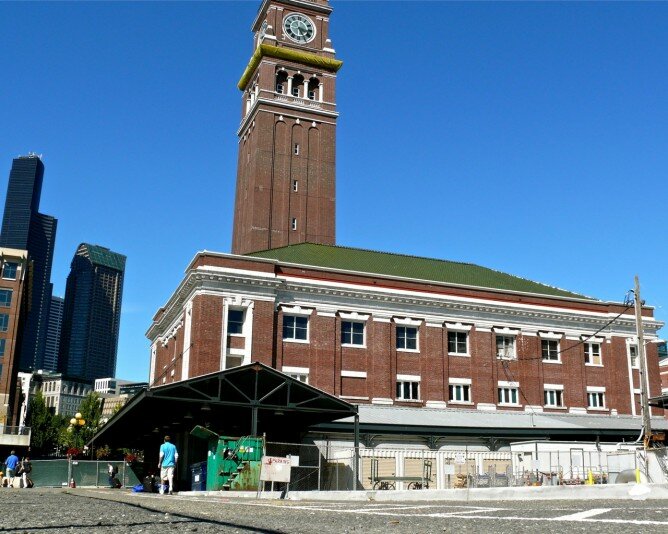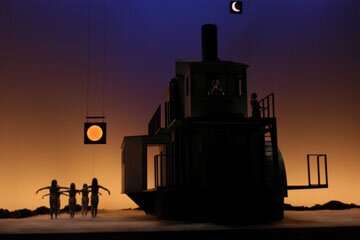
I’ve been attending Seattle Mariners games, six to a dozen a year, since 1976. Back then the team was so bad they handed out free tickets to high school kids who got a qualifying grade point average of 3.00. In 1979, the smart kids got savvy enough to pass on this generous offer forcing the Mariners down to 2.75.
In the ensuing three decades I’ve seen some good baseball, but on balance, it’s been a consistently bad product on the field.
But I’ve never seen as hapless a team as I saw yesterday, July 17th, at Safeco Field. The final was the Texas Rangers 3, your Seattle Mariners 1. For the record, in a four-game series, the Mariners scored just two runs. Two. As in one, then two.
Now consider that for a moment. I’ve seen games in the ’70s and ’80s with some players so unknown Bill James can’t get a big enough sample to put into his massive encyclopedia of baseball. I’ve seen losses that would send you screaming into the night. I’ve lived through Mike Schooler, for heaven’s sake.
I lived through the Dick Williams years. Sat in awe at the incredible managerial tenures of Del Crandal (93-131 record), Chuck Cottier (98-119) and Jim Lefebvre (does anyone remember the Lefebvre Belebvre bumper stickers? Well, I had one).
And yesterday was the worst game I’ve ever seen the hometown nine play.
It wasn’t just that they lost, I’ve seen plenty of losses. It was how they lost. They got good pitching from Blake Beavans who gave up three runs. They’ve had great pitching all year, really.
It’s just they can’t hit. I mean, hell, we all know that. But yesterday was different. Not only couldn’t they hit, for three innings they couldn’t get the ball out of the infield. Soft grounders fell like rain. (Which was also falling, for the record.)
Texas Ranger pitcher Mitch Moreland, a .500 record on the year, had a career day. He tossed 106 pitches in 7.2 innings, but only had 83 at the end of seven. Twice he pitched less than 10 pitches an inning, and got three grounders to short each time.
The Mariners weren’t just bad. They were barely professional. Few balls were hit with power. It was pop-ups and soft grounders all afternoon.
Most fans can probably understand the need for this team to rebuild and the need to bring up young players and watch them mature into stars. But the Mariner product on the field wasn’t just inept, it was boring. The stadium was as quiet as a funeral service with the crowd cheering only when the Mariners scored their lone run, and when news about the FIFA Women’s World Cup played on the big screen.
The team’s leadership must have known it was going to be bad. The whole game was filled with mindless distractions like electronic hat tricks, hydro races, dancing grounds crews, and some lame base-stealing bit with a kid rushing onto the field, grabbing a base and running back through a door in the outfield. All this stuff plays a lot better when you don’t look at the last three guys in the order and realize that the highest batting average is .202. Maybe they should have put the kid in. At least he can run.
I don’t demand instant change. But I demand a product that at the very least draws some scrutiny when they are on the field. And I know players go into slumps, but season long slumps may indicate a stunning lack of talent. The manager Eric Wedge keeps talking about the young kids getting a good sample size of opportunities at the plate. Fair enough. But we are in July and pretty soon that sample size is gonna start looking like a pink slip.
Have you ever really watched paint dry? I mean really watched it? Because, you know, it changes colors and the brush strokes slowly disappear and the wall starts to get a nice even color. Compared to yesterday’s game, drying paint looks pretty damn good.









